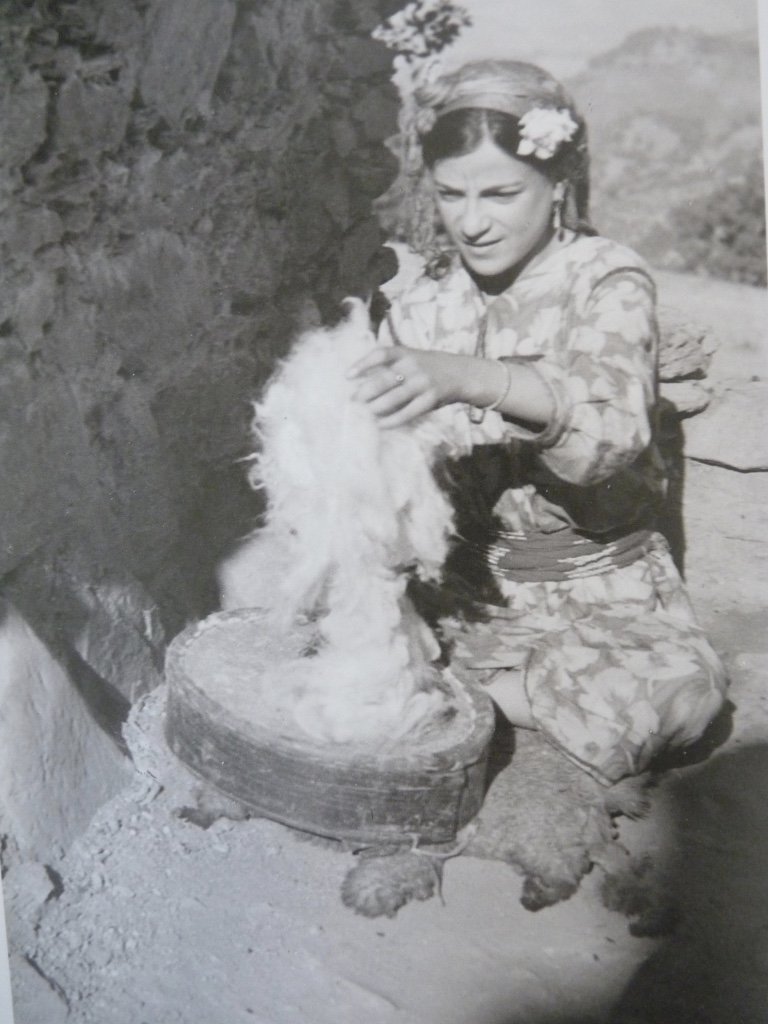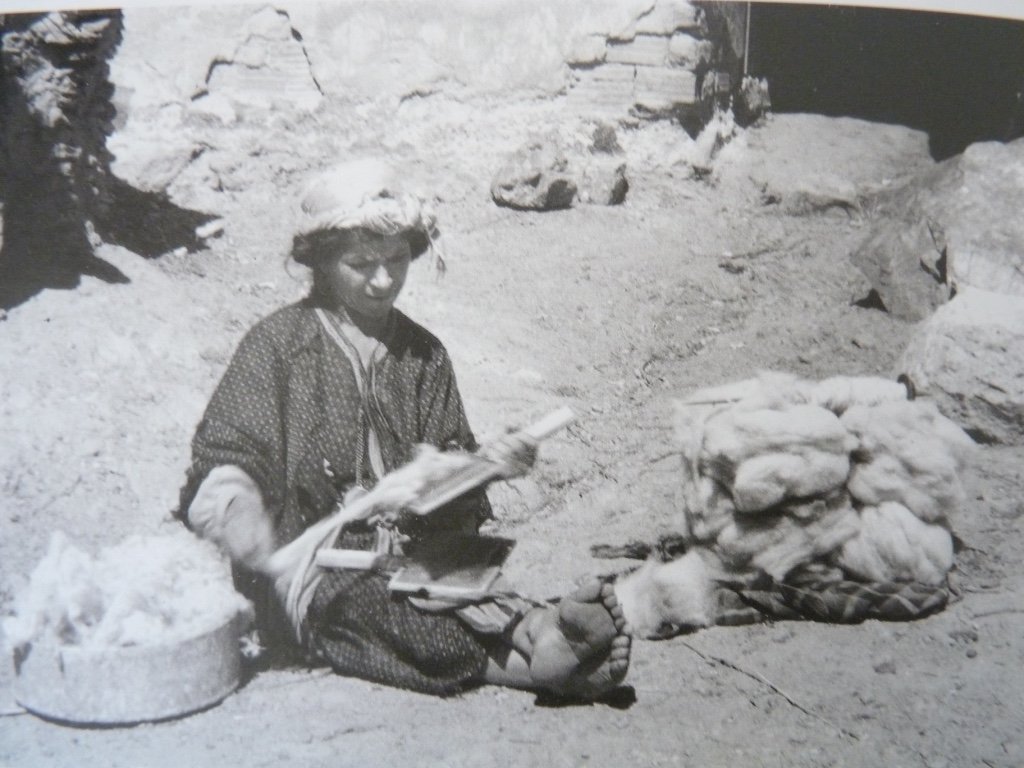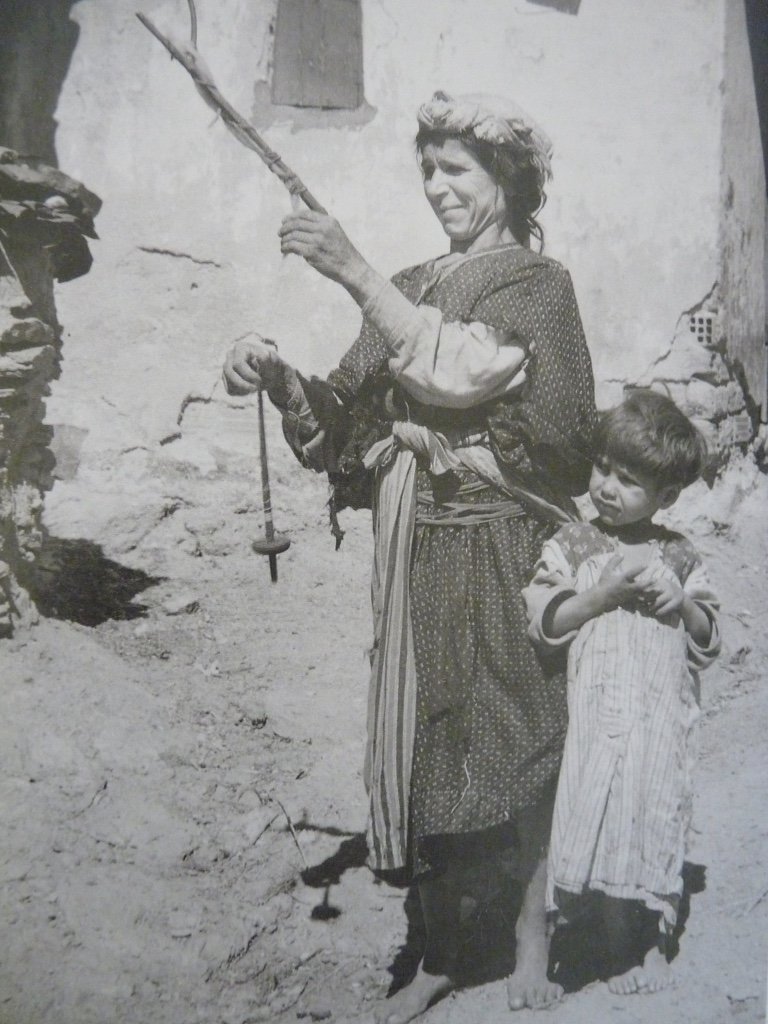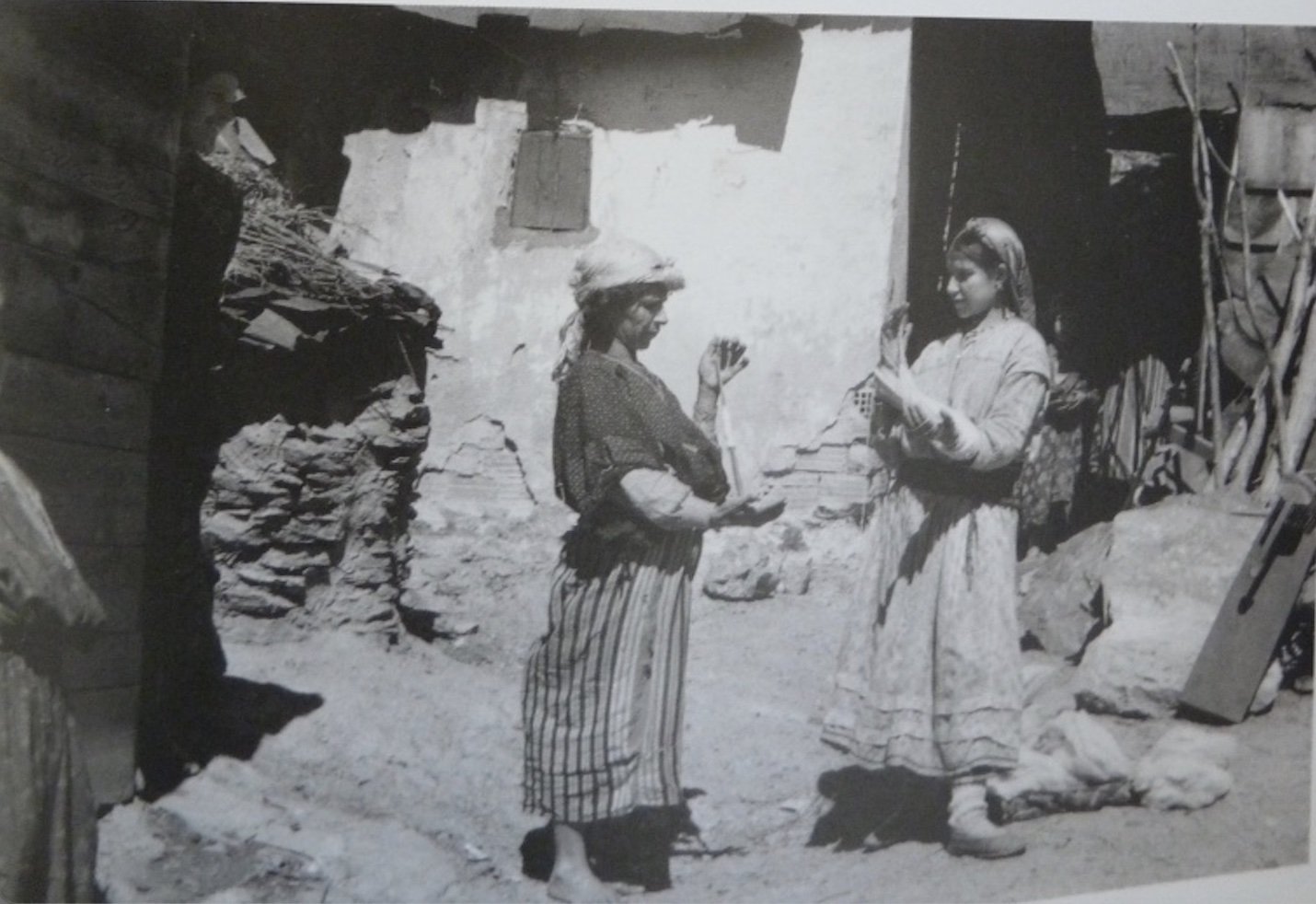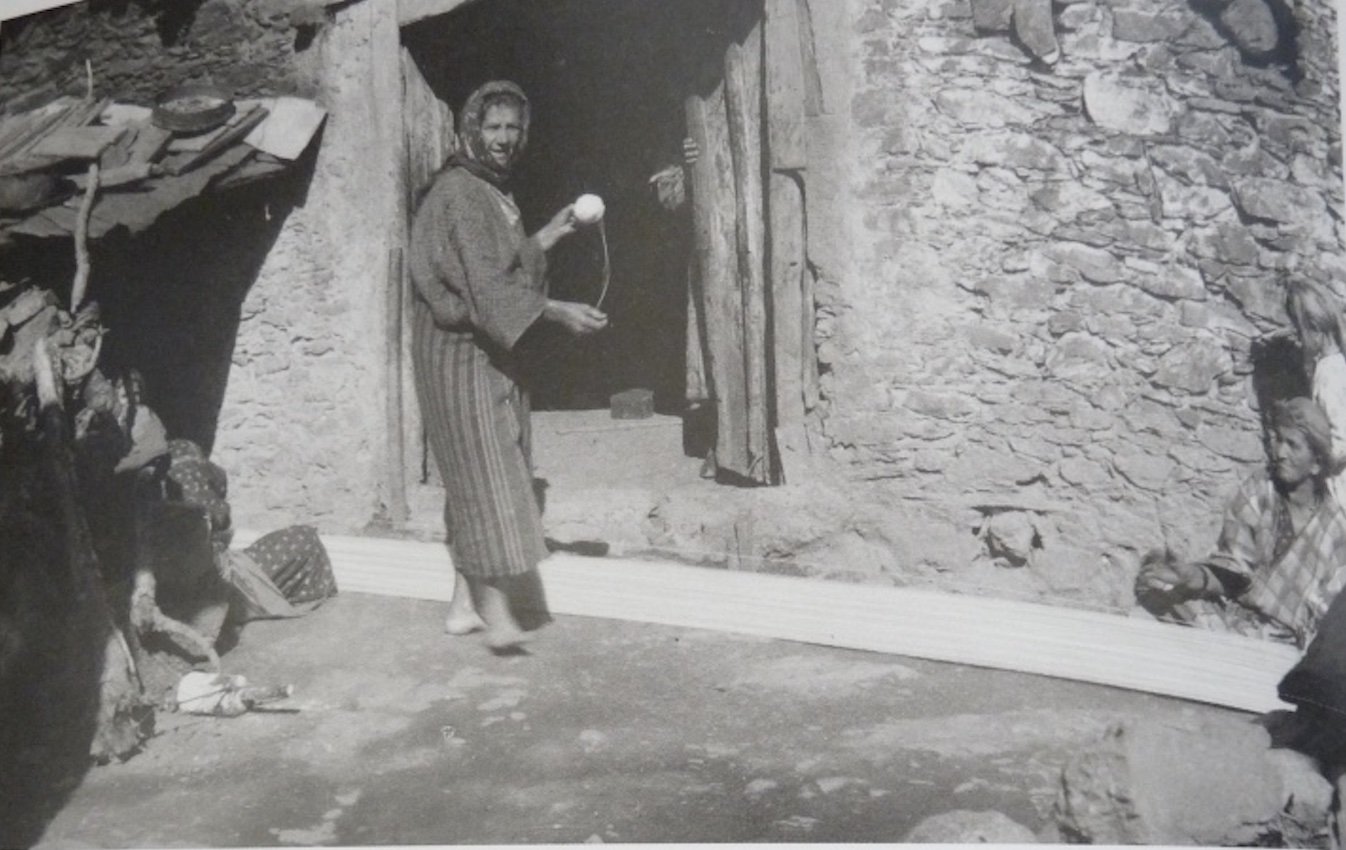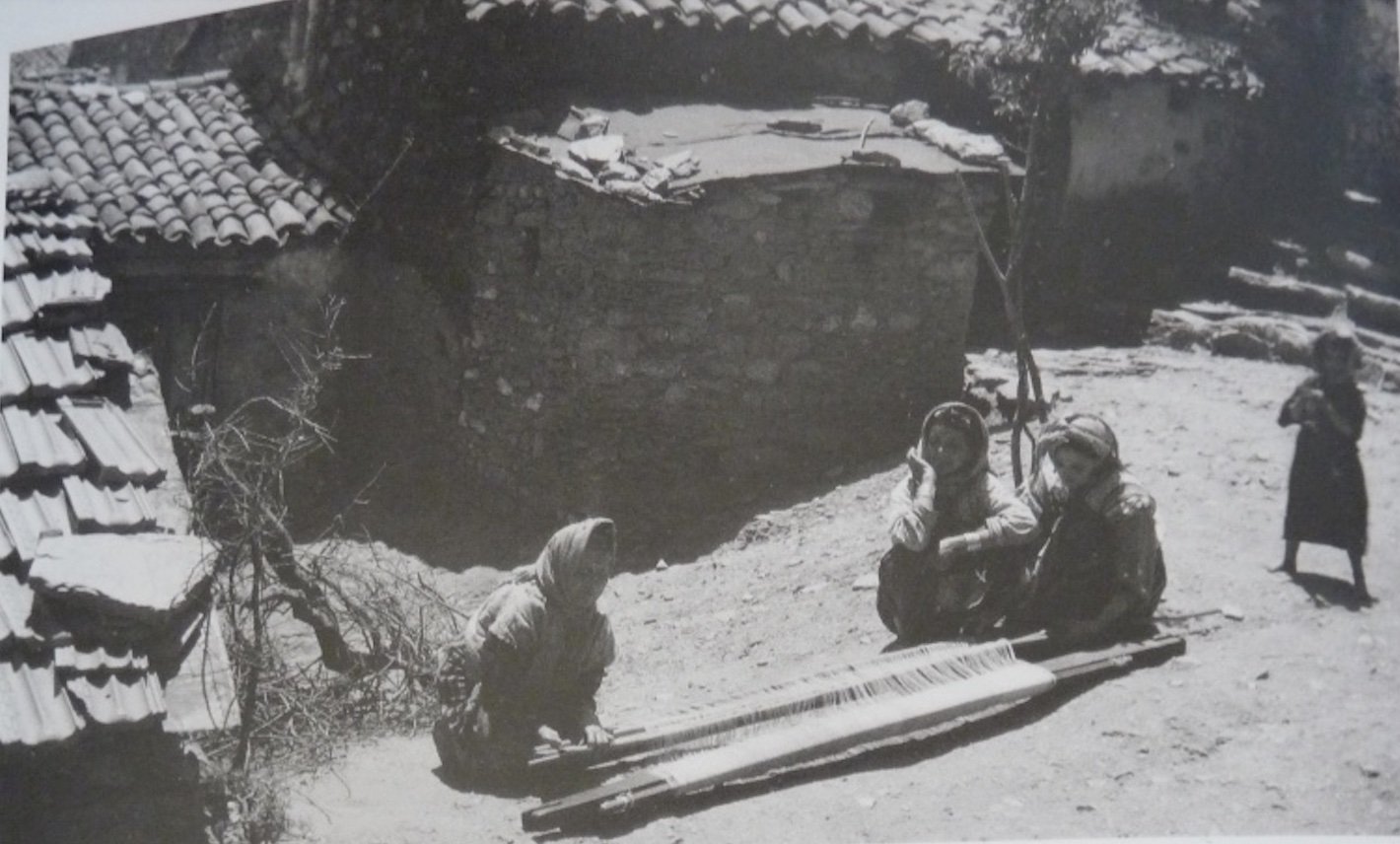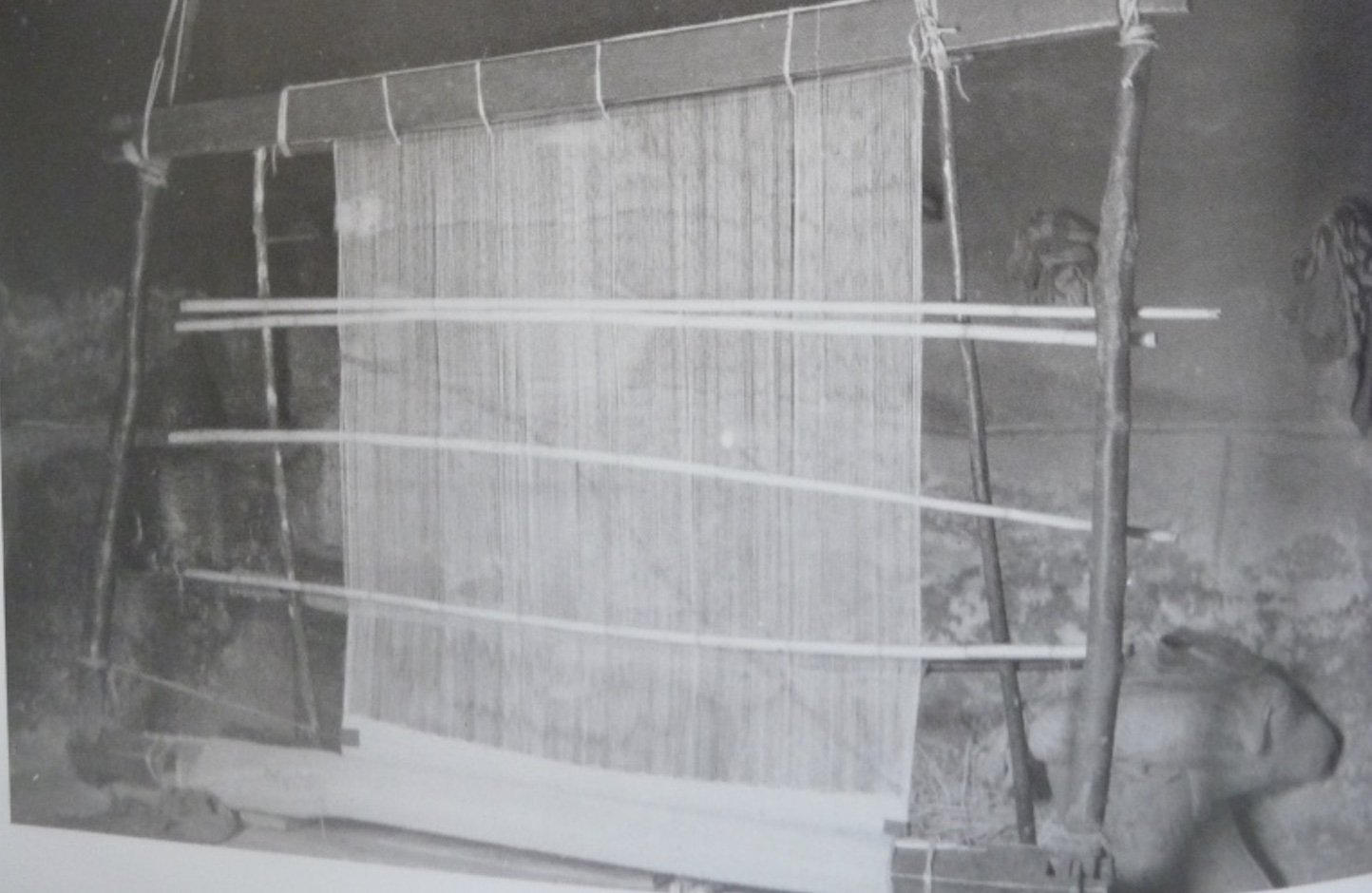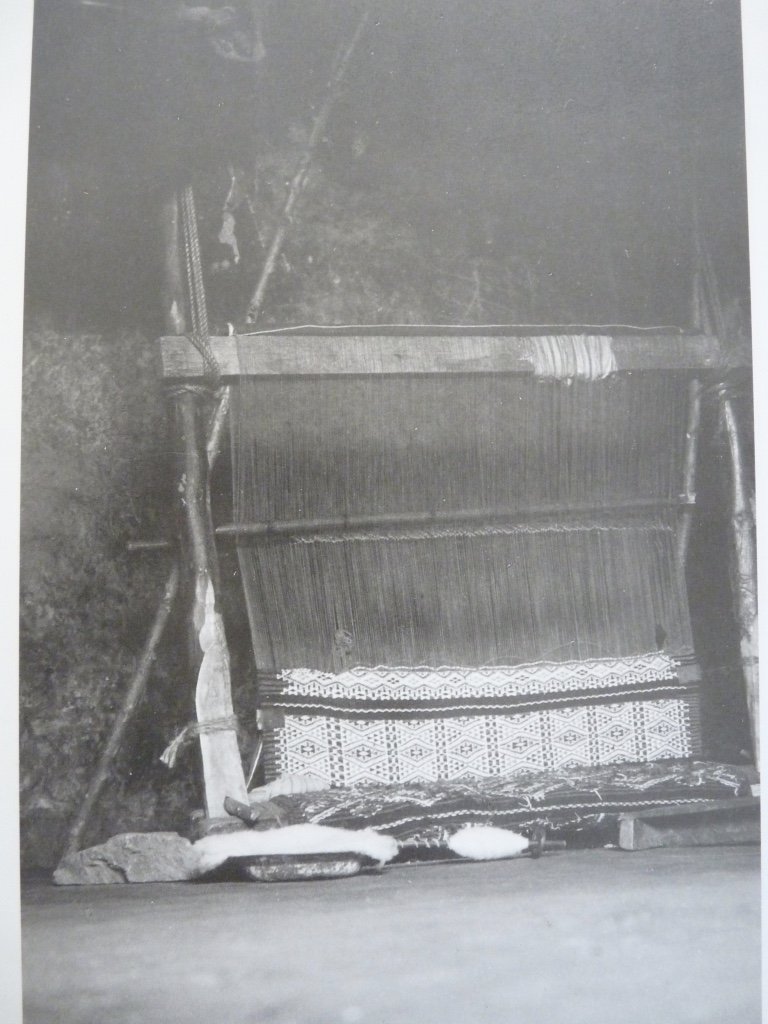Looking for the Threads that Bind Us
During lockdown I had the good fortune to connect with singer-songwriter Iness Mezel, and Amazigh percussionist Nora Abdoun both of Berber/Amazigh heritage. We discovered an interest in the dual themes of singing and weaving, resonating with both Celtic and Berber cultures. Keen to deepen the connections between the two, we sought to connect rhythm in making (gesture and movement) with rhythm in music (song and melody).
Some notes on our Research - Born out of a common interest in our weaving heritage - Irish linen for my part and for my collaborators Berber rug weaving - we were curious to explore further and see if we could come up with other commonalities or cross-overs, between Ulster Scots and Berber/Amazigh. We found crossovers under the following themes.
Amazigh people - Imazighen (Berber) - Language Tamazight, self-name Amazigh, plural Imazighen, any of the descendants of the pre-Arab inhabitants of North Africa. The Berbers live in scattered communities across North Africa. The Kabyle people are a Berber ethnic group indigenous to Kabylia in the north of Algeria, spread across the Atlas Mountains. They represent the largest Berber speaking population of Algeria.
Ulster Scots - an ethnic group in Ireland most living in Ulster and hailing primarily from the Scottish lowlands - my own from Ayrshire - planters who emigrated from Scotland as part of the enforced colonisation of Irish land confiscated from the Irish nobility by James1st. The Scoti (who had earlier invaded what became Scotland) were themselves Irish. The Picts were found further North in Scotland and were distinctly different to the Scots.
Ancient symbols - The comb, used for teasing out sheep fleece fibre for spinning is a very potent symbol of Amazigh weaving heritage in an excerpt from Ilini - song of the loom ‘..the comb & mirror laying through the yarns’. The comb and mirror is also dominant on Pictish stone carvings, although the meaning is not well understood.
Blue dye - Picts and Scots painted their bodies blue using woad. Tuareg (Berber nomads) are known for their use of indigo. Dyestuff from woad and indigo have their root in the same dye.
Tattoos - Picts temporarily painted their bodies using woad. Berber women traditionally tattooed their body with Berber symbols showing tribal affiliation, marital status and for protection purposes.
Language - A link between Irish Gaelic and Berber language - the two appear to have some commonality. uncovered a story of Berber sailors landing in the West coast of Ireland and their speech being understood.
Celtic comes from Keltoi - greek for barbarian
Berber comes from Barbaros - also Greek for barbarian
Singing - Sean Nós - old style Irish singing - similar melodies and cadences, were noted between this and Berber singing - the recording resonated strongly with Iness and Nora
The Ocean - The Atlantean connection between Berbers and the shores of the Atlantic. A Barbary Ape, native to the Atlas Mountains of Algeria and Morocco, was found in Ireland in a burial site hinting at an African - Irish connection. Passage would have been easiest by sea. It seems most likely that trading happened between the Canary Islands and the West coast of Ireland where coastal settlements were all on the edge of the land facing the ocean. There are hints from archeological study and DNA based research that the first inhabitants of the Canary Islands were Berbers. Oddly, boats from the West coast of Ireland are very similar to dhows, which originated on the Arabian peninsula.
Genetics - Tenuous yet tantalising reports of Scottish/Berber gene commonality!
In the end we came back to weaving - Weaving is found in nearly every culture across the World. We forensically studied old photographs of Amazigh women processing wool and weaving rugs in Kabylie. We deduced what we were looking at using received knowledge of Navajo weaving as an interpretative tool. The Berber cloth-making processes are closely aligned with Navajo processes - warping and weaving on the loom appear to have in common techniques.
Spinning photos show: Top row drying washed fleece; carding the fleece; spinning soft weft yarn; Bottom row combing fleece; spinning strong warp yarn; winding skeins (probably for dying).
Warping photos show: laying out the threads (winding the warp); inserting warp sticks and heddles; rolling the warp and beams to take indoors; the warp and beams tensioned on the loom.
Weaving in progress, spindle loaded with weft yarn in foreground.
All above photos taken between1937 - 39 by Germaine Laoust-Chantréaux
